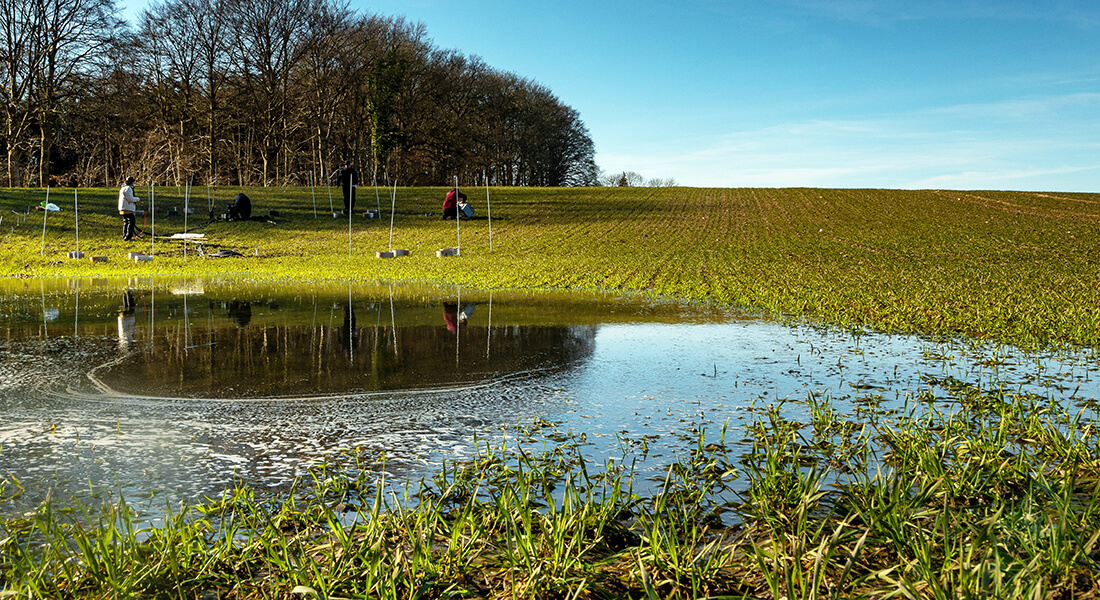
Five research questions for you
|
Carsten W. Mueller |
What is a societal problem that your research is helping to solve?We need to drastically reduce greenhouse gas emissions. As agriculture has a large contribution especially to laughing gas emissions, our work is vital to develop future management strategies. |
What are you specifically researching?We study the connection of plant growth and soil microbial activity that fosters the emission of laughing gas at hot spot sites in the Danish agricultural landscape. |
What are you currently investigating?We have set up a central field site near Sorø at which we study the connection between plant growth, this year we have winter wheat, soil moisture and fertilization and the emission of N2O |
How do you investigate that?We are using gas and soil measurements to study the fate of nitrate in the soil and the release of N2O during the growing season. In parallel we develop lab experiments in which we can mimic natural conditions and thus better understand the production of N2O in highly controlled lab environments. |
How did you become interested in the area?I´m working on the interaction of plant roots and soil carbon storage, both is directly linked to the release of greenhouse gases. Thus, besides the release of CO2 also N2O got into the focus of my work. And now we came together in this interdisciplinary project to jointly work on the tight interactions between plant growth, microbial activity and soil processes to link soil organic matter and greenhouse gas emissions. |

